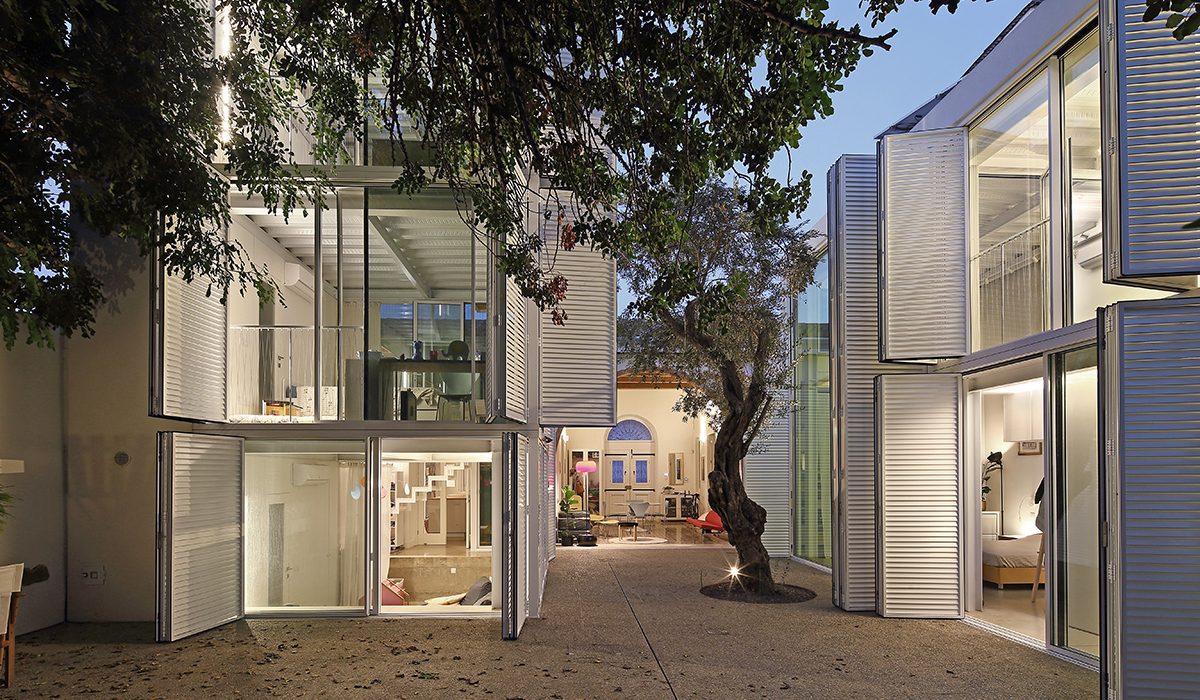Architect, Marios Christodoulides
The project includes the renovation of a listed house from 1904 and the addition of a contemporary extension.
Ideas investigated include questions of scale within the private dwelling, privacy and interactions of the users, and the idea of aesthetics as a transient notion that evolves and is intertwined with the redefinition of programmatic norms and mutable interfaces among users.
The listed house adheres to the predominant typology at the time of its construction where three spaces are organized sequentially with the central one being a covered outdoor yard that faces South, hence the name ‘sun hall’. Left of this central space is the bigger space of the two. It includes a central Arch that allows for twice the space than the typical four-meter wooden beams would allow. The renovation of the listed house adheres to the construction methods of that time and maintains the spatial integrity of the historical spaces.
Movement between the two existing interior spaces is through the central covered courtyard. Each of the spaces did not have a distinct function. The bigger space usually accommodated the daily functions of the family and the other served as sleeping quarters. The contemporary addition is comprised from two distinct parts as extensions of the two interior spaces of the old house on either side of the Sun Hall. These frame an external courtyard as an extension of the central Sun Hall. These new volumes lengthen and enrich the sequence of spatial experiences as you move through each room within the House. Even though each one of the spaces is different, they all contribute as episodes to the narrative of transversing between old and new.
Various functions are located within the two new volumes whose outer shell remains continuously perceptible from within. These include sleeping quarters, bathing, and exercise areas. The space East of the courtyard, and adjacent to the large communal room of the old House, accommodates sleeping and bathing on the ground floor. Its height mirrors that of the old house with two mezzanine spaces, an exercise space, and a small courtyard.
West of the central courtyard is a sunken space with two more spaces stacked on top of that. All three spaces have curtains that can be opened or closed off for privacy. As you climb through the tree different levels perceptions of the yard and old house change, until you finally reach the top where the surrounding neighborhood comes into view. Interior curtains and exterior shutters transform relationships within the house but also forward the yard. Consequently, even if the additions serve specific functions and can be thought of as destinations, they can be transformed into transitional spaces between old house and yard enriching their programmatic role within the house. The perception of two solid blocks within the yard that feel like a natural extension of the think and opaque solid walls of the old house, changes at night when these volumes become beacons of light that reveal a sense of the movement within.


